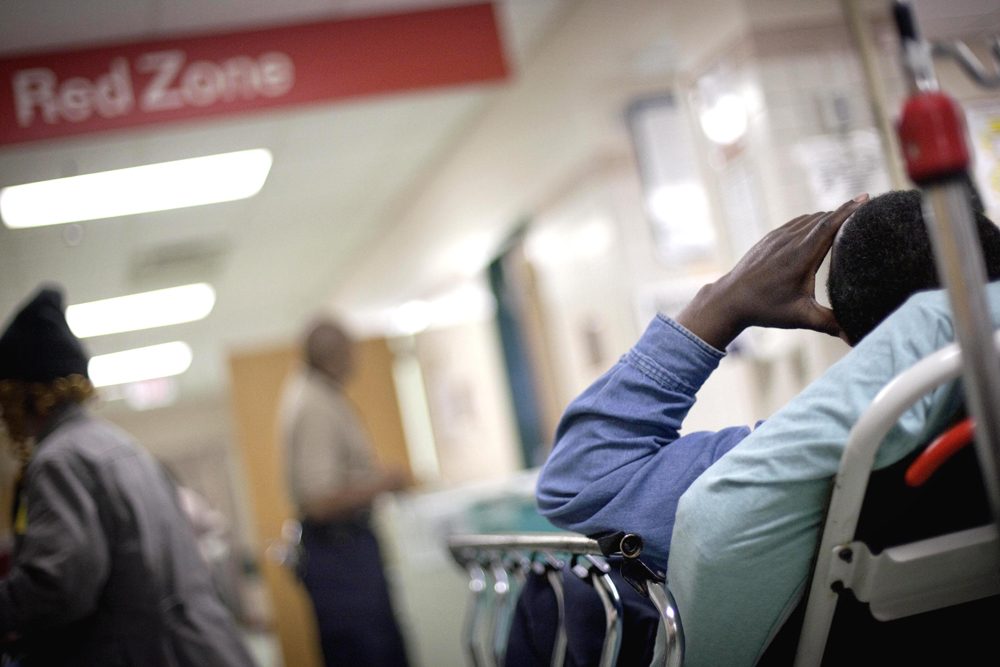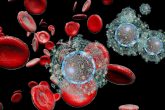
It’s not uncommon that when you mention the word ‘trauma’, people tend to think immediately of a big emotional upheaval or damage. However, trauma, which simply means injury, can be physical, emotional, or both.
The leading causes of physical trauma in Africa are road traffic accidents followed by inter-personal violence such as violent crime, domestic violence, intimate partner violence, communal, inter-tribal and political conflicts, and terrorism. Trauma also occurs in the work environment usually around construction sites, factories, and among mechanical, and electrical workers. Not surprisingly, home injuries such as falls, burns, choking and poisoning contribute significantly to trauma statistics as well.
Did you know that as a region, Sub-Saharan Africa has the fewest number of motor vehicles but the highest rate of road traffic fatalities?
According to the Global Burden of Disease study, by 2030, road accidents will be the fifth leading cause of death in the developing world, ahead of malaria, tuberculosis and H.I.V.
As a result of improving economies and an expanding middle class, Sub-Saharan Africa (SSA) is becoming more industrialized with an influx of cars, motorcycles, trucks and other motorized machines. Trauma from road traffic accidents has emerged as an important public health problem for persons aged 5 – 50 years. It is a significant contributor to Africa’s health burden. However, few governments are addressing it as a health issue.
Unless you never leave your home, everyone is at risk for road traffic accidents.
- Children are particularly vulnerable and are at risk for household injuries and road traffic accidents – for every injured child who dies, thousands survive with disabilities
- All drivers (particularly young people and those aged 25 – 44 years) and passengers
- Motorcyclists
- Pedestrians – Pedestrians constitute more than half (68 %) of all childhood road traffic injuries, with children walking to school at particularly high risk.
Three main factors contribute to road traffic accidents in Africa:
Driver factor – driving under the influence of alcohol, lack of seat belt use and child seat use, reckless driving (pilot cars and government convoys), vision problems, distracted driving (phone, texting)
Vehicle factor – poor maintenance (brakes, engine, lights), excessive load
Environmental factor – poor roads, poor street lighting, lack of pedestrian crossings
Driving under the influence of alcohol in particular is a main factor in road traffic accidents and fatalities. In the U.S., where strict drunk driving laws are in place, drunk driving still accounts for one death every 51 minutes and one-third of all traffic-related deaths. The statistics in Africa are much, much worse.
What is the problem with driving under the influence of alcohol?
A “drink” is one shot of liquor, a five-ounce glass of wine or 12 ounces of beer, all of which contain the same amount of alcohol. Just one drink will impair your ability to drive. Long before you become visibly drunk, even small amounts of alcohol already have effect. Experiments have demonstrated that:
- People exhibit some loss of judgment, begin to relax and feel good.
- Experience a decline in visual functions, affecting their ability to track a moving object
- Experience a decline in the ability to perform two tasks at the same time.
These changes may be subtle if you’ve had had one drink but in an emergency, it’s enough to cause a slow reaction time.
In the U.S., the legal limit for drunk driving is a blood alcohol concentration (BAC) level of .08. Over this level, a person is considered to be intoxicated.
A 120-pound woman (55 kg or 8 and a half stone) can reach a .08 BAC level after only two drinks and a 180-pound man (82 kg or 13 stone) can be at .08 after only four drinks.
At a .08 BAC level, drivers are so impaired that they are 11 times more likely to have a single-vehicle crash than drivers with no alcohol in their system.
At just a little over half of the legal limit (.05 BAC), people already begin to:
- exhibit exaggerated behaviour and a release of inhibition
- experience loss of small-muscle control — such as being able to focus their eyes quickly
- have impaired judgment
- lowered alertness
If someone with a BAC level of .05 gets behind the wheel, they would be operating the vehicle with reduced coordination, a further diminished ability to track moving objects, more difficulty in steering and a markedly reduced response in emergency situations.
When someone drinking is approaching the borderline of legal intoxication, .08 BAC level, studies show that he or she has
- Poor muscle coordination — affecting their balance, speech, vision, reaction time and hearing
- finds it more difficult to detect danger
- exhibits impaired judgement and self-control
- shows impaired reasoning ability and memory
A driver with a BAC of .08 will find it more difficult to concentrate, judge the speed of the vehicle, experience reduced information processing capability and exhibit impaired perception. The more alcohol you consume, the more impaired you become. It’s simply not a wise choice to get behind the wheel no matter how much you have had to drink. The only safe driving limit is .00 percent.
How to prevent deaths and injuries from Road Traffic Accidents (RTA)
In order to prevent death and injuries from road traffic accidents, individuals and government have to make necessary changes..
It is essential that governnent create an effective well-trained traffic police corps that is empowered to enforce traffic laws.
The devastating results of drunk driving can be mitigated significantly in SSA by instituting and enforcing laws to prevent drinking and driving, providing a drinking age law and having a zero tolerance law for drunk drivers.
Government can create a safe driving environment by improving road infrastructure, signage and setting up a mandatory bi-annual vehicle inspection for road-worthiness. It should be impossible to get a legal driver’s license without a road test, written exam and vision testing. Enforcing seat belt use and helmet use by motorcyclists will also save lives.
Given the grim statistics, a functioning emergency medical response is critical. Government should establish Road Traffic Accident emergency response teams staffed with emergency medical technicians, volunteers, policemen and firemen. These people are known as “First Responders”
Individuals have a responsibility to each other as citizens:
- Do not drive when you’ve been drinking
- Do not allow a friend or loved one to drink and drive
- Teach your teenage and young adult children the importance of not drinking and driving
- Get your vision tested every 2 years if you drive
- ALWAYS wear a seat belt – in the front seat and back seat!
- If you ride a motorcycle ALWAYS wear a helmet
- ALWAYS use a child seat or restraint when you have a child in the car
- ALWAYS seat the child in the back of the car
- Keep your vehicle properly maintained and road-worthy
join us today at 3:30pm Today on Channels TV



